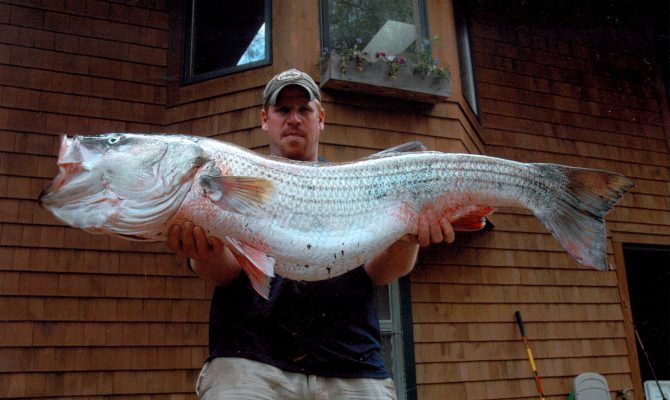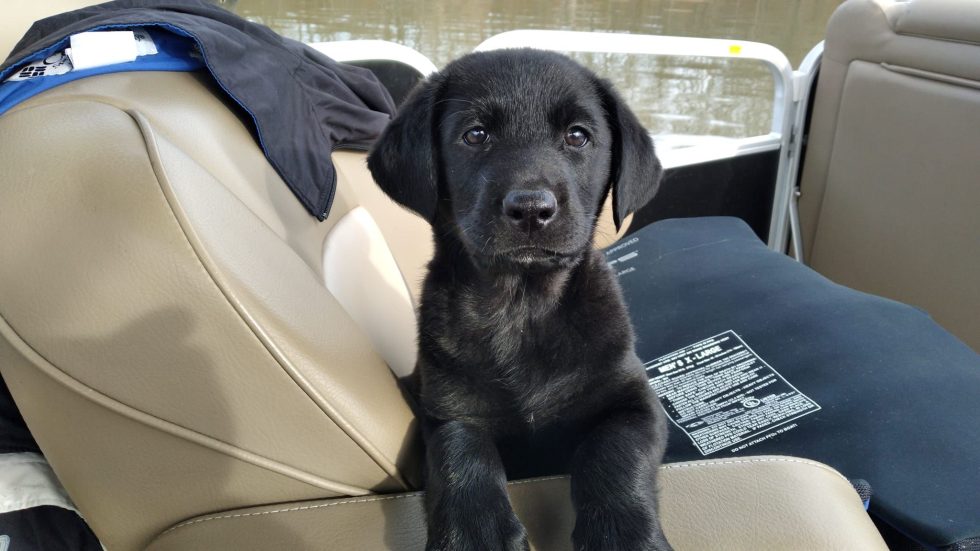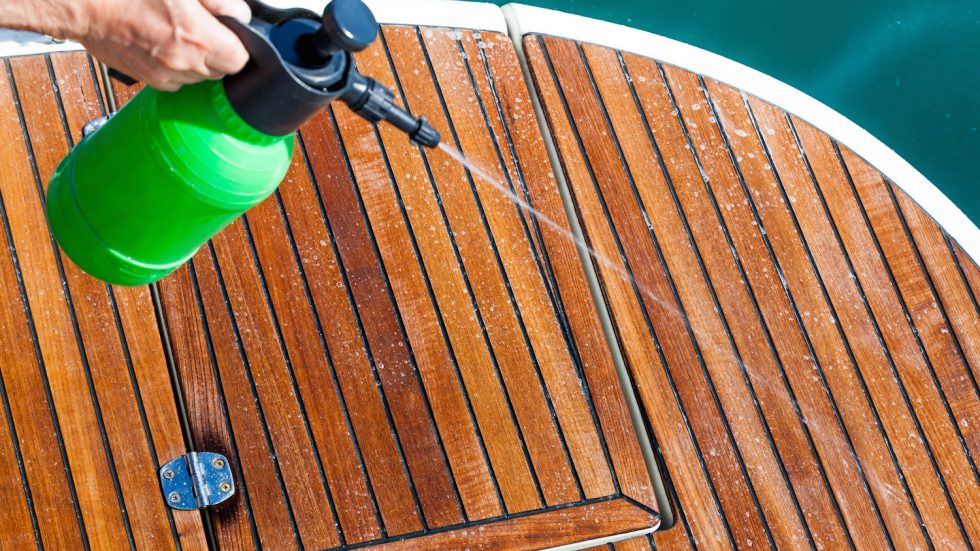From pan-sized whites bass, to middleweight “wipers,” to lunker “‘liners,” the striped bass family is famous for putting up a fight far beyond what their size may indicate. On our boat, we always know when a white bass has dashed in to take a trolled lure meant for crappie, walleye or saugeye because the rod bends double and the battle is fiercer than anything expected from the targeted species.
Autumn is prime time to embark on a striper safari, as cooling water temperatures are triggering both striped and white bass into feeding mode. Hybrid wipers (white bass/striped bass crosses) are equally active in colder water and offer action through the winter months wherever open water can be found. This includes around warm-water discharges on rivers and reservoirs, where the stripers congregate to feed on baitfish that seek the artificial warmth.
The largest members of the white bass family are the true striped bass, which are native to saltwater and can grow to weights approaching 100 pounds. Despite the fact that they live their lives in saltwater, stripers spawn in fresh, a feat not lost on fisheries biologists, who successfully stock them in inland impoundments to provide a big-fish option for anglers.
The inland stripers don’t reach the size of their marine brethren — expect to tangle with fish in the 40- to 60-pound class — but no one complains about the fight of a spirited striper on the end of a line. In fact, the species is a main attraction among fishing guides and sport anglers at most of the waters where they have been successfully placed.
Fall Fishing Methods
Fall fishing methods for catching striped bass and their kin are as varied as the waters in which they are found. White bass are pushovers for small crankbaits, spoons or spinners cast or trolled at speeds a bit faster than normally used for trout, walleye, crappie and other popular inland gamefish. The fish are usually found in schools and may be seen feeding on the surface, where they have forced baitfish up from below. This feeding activity can often be located by watching gulls, which dive into the frantic baitfish from above. Once within casting distance, any minnow-imitating lure matching the size of the resident baitfish will be snatched up.
In some areas, agitator rigs can be used to draw white bass, wipers or stripers to angler’s baits by rigging a flat-faced, rattle-filled float a few feet above a jig. The rig is cast out and retrieved with violent jerking motions to create splashes and rattling sounds to fool gamefish in the area into thinking there’s a feeding opportunity to be crashed.
At the other end of the active-angler spectrum, wipers can often be taken by anglers who anchor-up and simply cast or drift chicken livers along the bottom, waiting for wipers to pounce on the baits.
Drift fishing with live shad, swim baits or large jigs fitted with soft plastics or strips of fresh fish is a popular method for HeartLand boaters. Simply motor out into the middle of the lake or reservoirs where stripers are found, turn off the engine to allow the breeze to push your craft quietly over the fishing grounds and drop your offerings into the drink at various depths. Stripers prefer cooler water than wipers or white bass, and fishing the 50- to 65-degree depths will increase your odds of having your bait in the stripers’ comfort zone.
Boaters seeking stripers can also troll shorelines or schooling areas using in-line planer boards to take live shad or crankbaits off to the sides of the boat and into the striper feeding zones. This is a popular method both on reservoirs and in the tailwaters and rivers below impoundments where stripers have been stocked.
As table fare — as long as the fish are iced down immediately and not kept on a stringer or in a livewell, and eaten soon after catching — they are as good as any freshwater gamefish you can hope to hook this time of year or any other.
To find out if a location near you contains a viable population of stripers, wipers or white bass, contact your local department of natural resources or fisheries agency and inquire, or do a web search using striped bass as a key word and see what comes up locally.
Author: Dan Armitage is a regular contributor to HeartLand Boating




